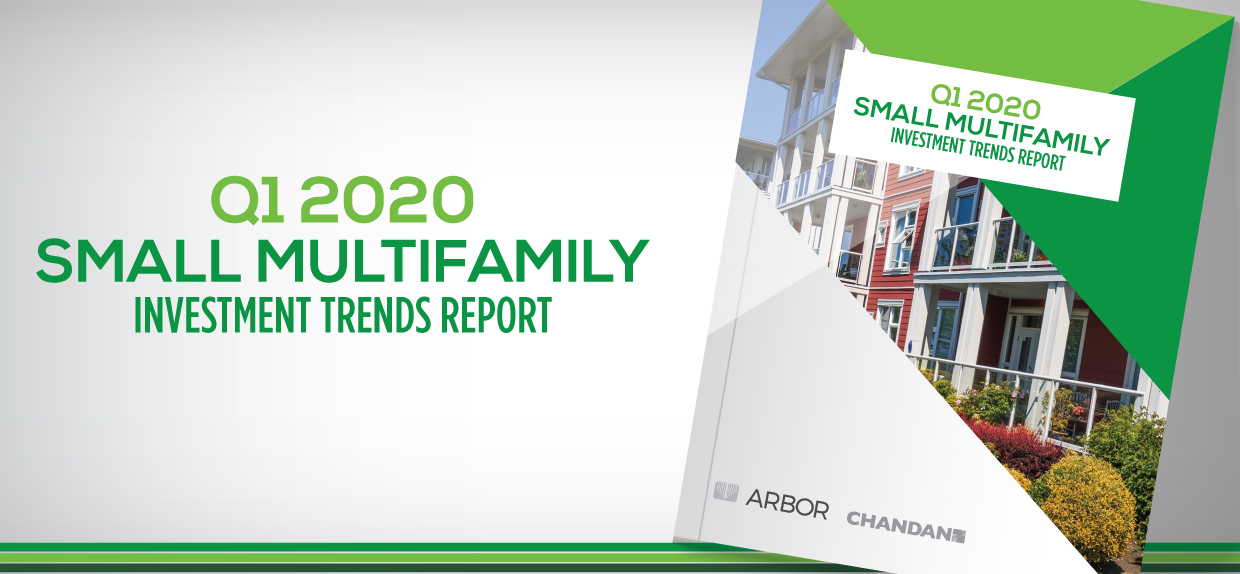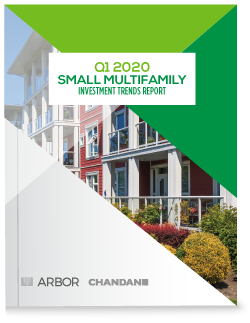The U.S. housing market reflects a patchwork of local needs, preferences, and geographies, creating distinct storylines. Across the country, many significant shifts have occurred over the last five years, an analysis of U.S. Census Bureau data shows. More expensive housing markets tend to support higher percentages of rental households, and in fast-growing metros, rentals have become a highly effective and flexible way to house new residents.

COVID-19 Uncertainty Slows New Investment Yet Sector Retains Resiliency
While the impact of COVID-19 contributed to a 0.9% decline in small multifamily prices in the first quarter of 2020, they are still up 5.5% from a year ago.
Chandan Economics’ analysis noted that annualized first-quarter small multifamily loan value fell to $55.2 billion, representing a 6.7% decline in lending activity compared to last year. Yet the report provides reasons for reassurance. The dependability of underlying multifamily demand and the agencies’ commitment to providing programs that maintain market liquidity support the sector’s traditional resiliency. Even with the uncertainties caused by the coronavirus, multifamily is expected to outperform other sectors.
Download the full report, “Q1 2020 Small Multifamily Investment Trends Report,” for the latest updates covering the following:
- State of the Market
- Lending Volume
- Cap Rates & Spreads
- Leverage & Debt Yields
- Economic Outlook


